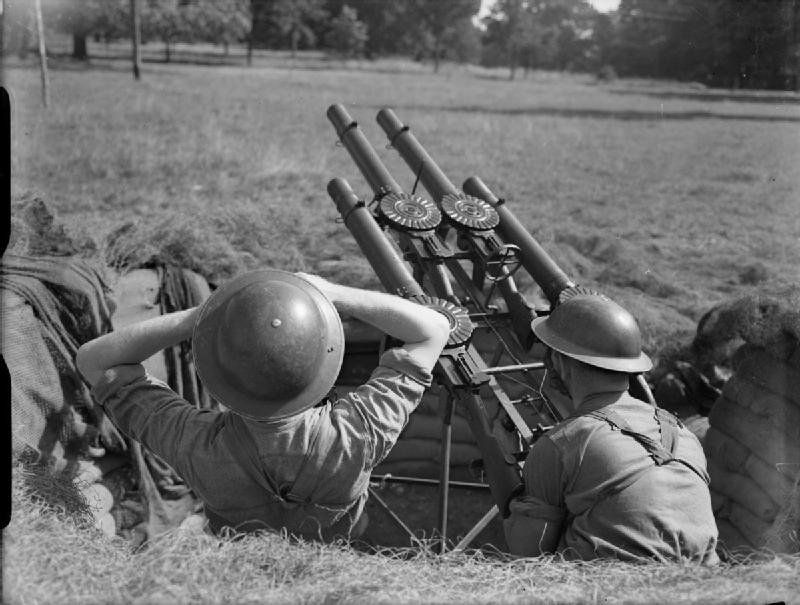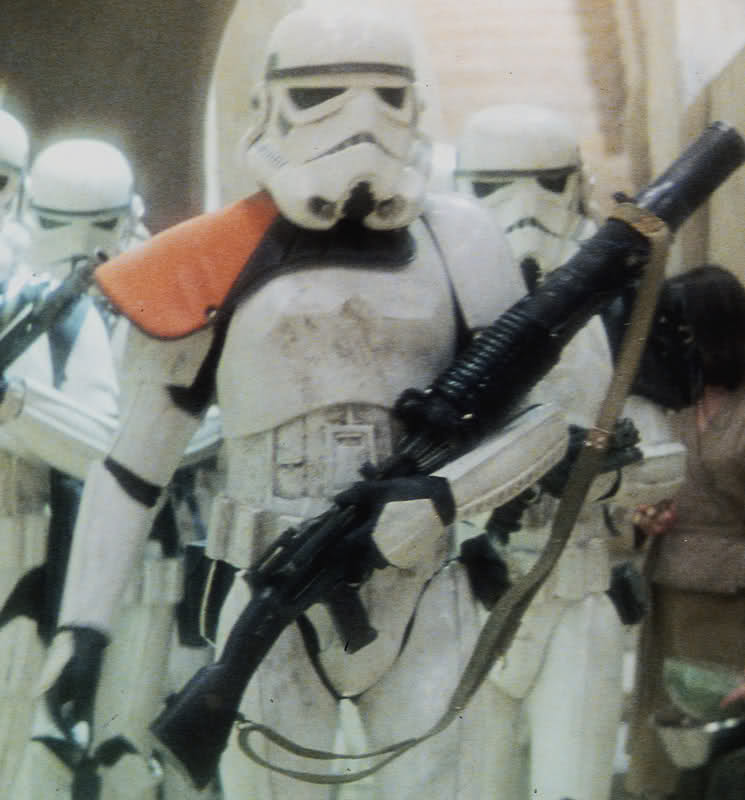We do know that it was a AA-case, and at AA-role the range is/was the issue.
It is far too general an assumption to say this - for non-fragmenting AA ordnance, the skill/ability to put said ordnance where the target would be is right up there with range; there's no point having all the range in the world at your disposal....if your rounds arrive where an aircraft
was.
Yes, it seems that it was better than Bren at those roles, as the numbers of the unsourced data do point out.
Note what I said -
...the Lewis Gun WAS most often seen during the Second World War in various more "static" mounts, including AA roles...
You're choosing to assume that it was
regarded as better than the Bren. It's use in those many and varied
other roles is also an indicator of
who got first call on Brens. The British had a habit of re-issuing redundant weapons for other, "second user" applications - such as the Vickers G.O.s issued to the SAS in 1942-43 as they were withdrawn from front-line RAF service.
Note that for at least ONE major service branch, the Lewis Gun was as of 1940 still "current issue" both with and without the cooling jacket - I.E. the
RAF. They used them in various ground and sea-borne configurations (such as the ASR launch above, in various configurations as airfield protection LAA etc.) in addition to aircraft defensive armament because they
had them, had the skills to maintain them, and the training to use them.
However - one important area where the Lewis was NOT better than the Bren was reliability

The 1940 manual for the Lewis Gun,
"The Lewis Gun Mechanism Made Easy"....lists
fifteen possible reasons for stoppage, grouped according to where in its travel the cocking lever stopped when the gunner took his finger off the trigger - whereas the equivalent years' manual for the Bren lists only
eight. IIRC Harry Patch's memoir details a lot of the issues that could be experienced with this "very delicate" gun, and that he experienced as gunner's no.2 and was expected to rectify. It also didn't help that to discriminate between WHICH of these particular groups of potential problems had affected a stopped Lewis Gun, a "drill", a
routine of successive checks, had to be gone through; NOT what you wanted to have to do with the Germans bearing down on you -
what if you had to get all the way through the drill to Number Fifteen to clear the problem? 


But to go back to the actual
accuracy issue - in WWI it seems that there were complaints about its accuracy as being TOO good! It wasn't regarded as fitting the bill as a true "machine gun" because it couldn't simply be swung back and forth on precise, pre-set lines on a solid tripod mount like the Vickers - and was regarded more as an "automatic rifle" because of this; and that the accuracy really depended on
the users' skill with the Lewis Gun. As long as the Vickers was kept fed - the man with his hands on the firing handles could move the MG from side to side and kill whatever was between the metered limits of traverse set out in front of him - but the Lewis gunner had to actually
aim his weapon.
Twenty years ago we had Johnny Cash, Bob Hope and Steve Jobs. Now we have no Cash, no Hope and no Jobs....
Lord, please keep Kevin Bacon alive...




